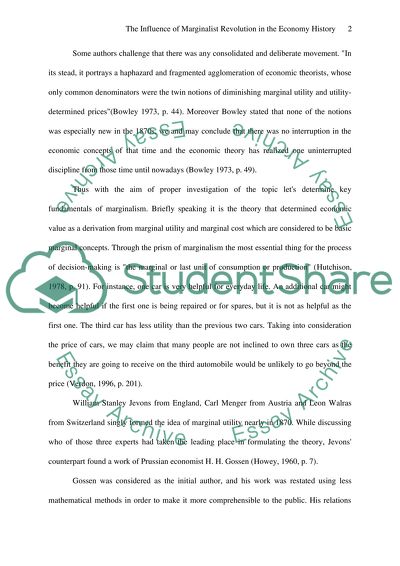Cite this document
(“The Influence of Marginalist Revolution in the Economy History Essay”, n.d.)
The Influence of Marginalist Revolution in the Economy History Essay. Retrieved from https://studentshare.org/miscellaneous/1507266-the-influence-of-marginalist-revolution-in-the-economy-history
The Influence of Marginalist Revolution in the Economy History Essay. Retrieved from https://studentshare.org/miscellaneous/1507266-the-influence-of-marginalist-revolution-in-the-economy-history
(The Influence of Marginalist Revolution in the Economy History Essay)
The Influence of Marginalist Revolution in the Economy History Essay. https://studentshare.org/miscellaneous/1507266-the-influence-of-marginalist-revolution-in-the-economy-history.
The Influence of Marginalist Revolution in the Economy History Essay. https://studentshare.org/miscellaneous/1507266-the-influence-of-marginalist-revolution-in-the-economy-history.
“The Influence of Marginalist Revolution in the Economy History Essay”, n.d. https://studentshare.org/miscellaneous/1507266-the-influence-of-marginalist-revolution-in-the-economy-history.


